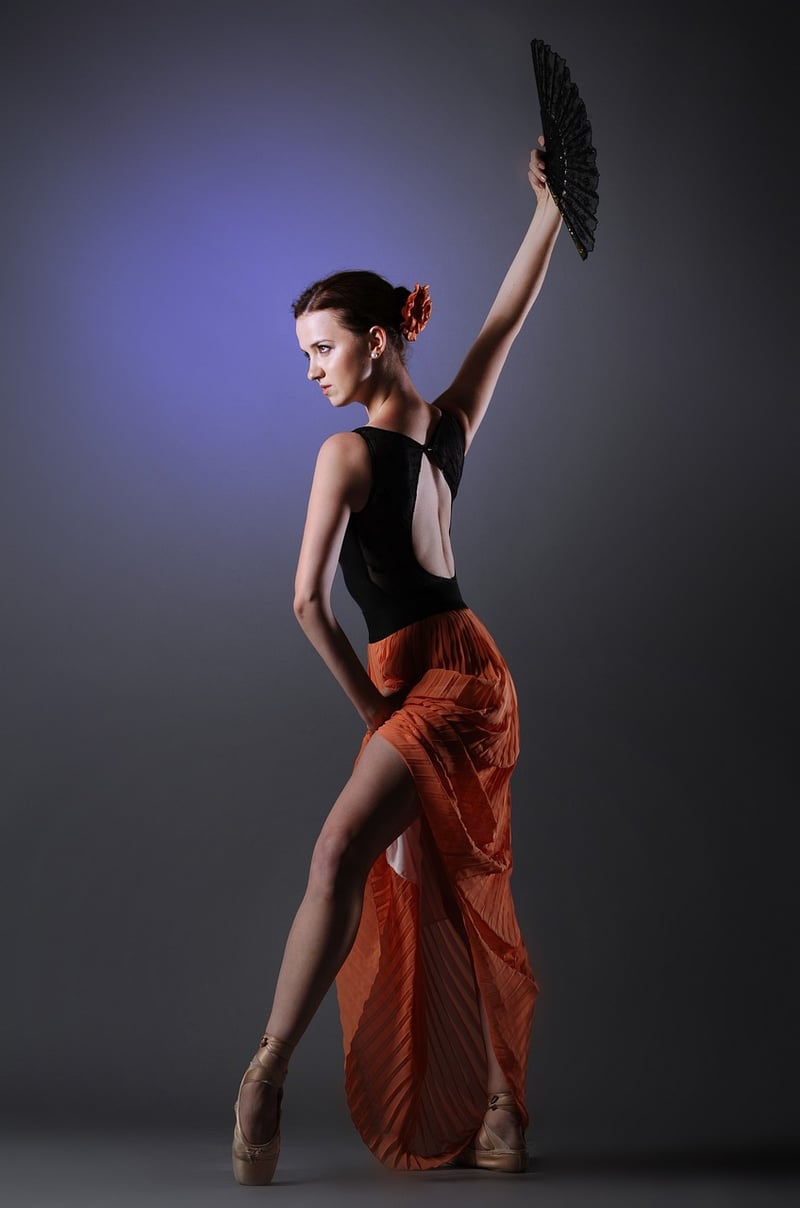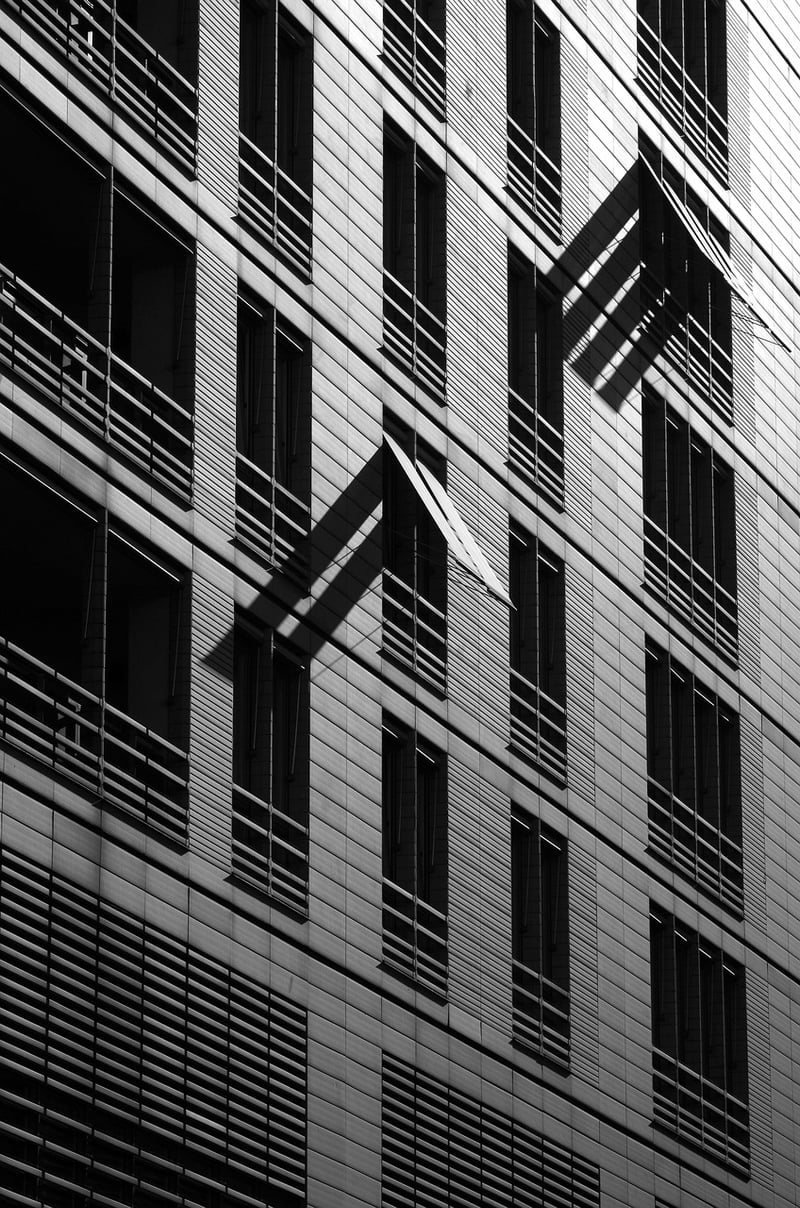Contemporary
Exploring Expressive Movement Forms in Contemporary Art

In the realm of contemporary art, the use of expressive movement forms has gained significant attention and prominence. Artists are increasingly incorporating various dance styles, performance art, and choreographed movements into their creative expressions, blurring the lines between visual art and physical movement.
The Intersection of Dance and Visual Art
One of the most fascinating aspects of this trend is the intersection of dance and visual art. Artists are exploring how the human body can be used as a medium for artistic expression, capturing emotions, narratives, and abstract concepts through movement.
Forms of Expressive Movement
There are various forms of expressive movement that artists are embracing in contemporary art:
- Ballet: The graceful and precise movements of ballet dancers have inspired artists to capture the beauty and fluidity of this art form in their work.
- Modern Dance: With its emphasis on freedom of expression and innovation, modern dance has provided artists with a dynamic and versatile form of movement to explore.
- Performance Art: Artists are incorporating live performances and interactive experiences that involve movement to engage audiences in a unique and immersive way.
- Choreographed Movements: Collaborations between choreographers and visual artists have led to stunning multimedia presentations that combine the power of movement with visual aesthetics.
Embracing Diversity and Inclusivity
Expressive movement forms in contemporary art also serve as a platform for embracing diversity and inclusivity. Artists are celebrating different body types, abilities, and cultural backgrounds through their exploration of movement, challenging traditional norms and stereotypes in the art world.
Impact on the Audience
By integrating expressive movement forms into their work, artists are creating immersive experiences that evoke powerful emotions and connections with the audience. Viewers are invited to engage not only with the visual elements of the artwork but also with the physicality and energy of the movements depicted.
Conclusion
The fusion of expressive movement forms with contemporary art is pushing boundaries, inspiring creativity, and redefining the way we experience and appreciate art. As artists continue to explore new possibilities in this realm, we can expect to see even more captivating and thought-provoking works that challenge our perceptions and expand the horizons of artistic expression.
